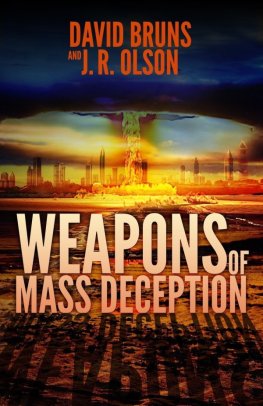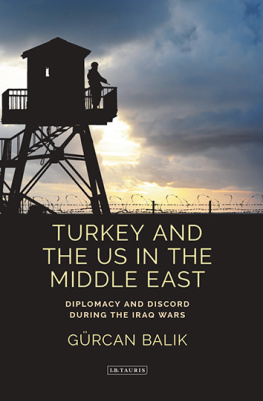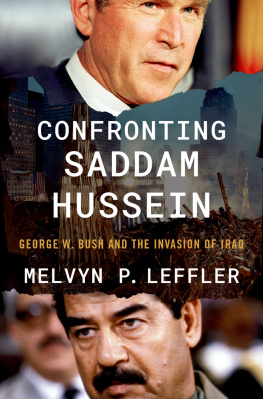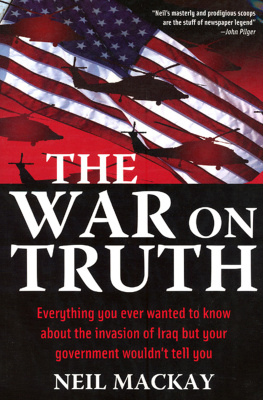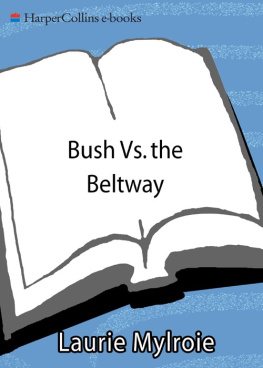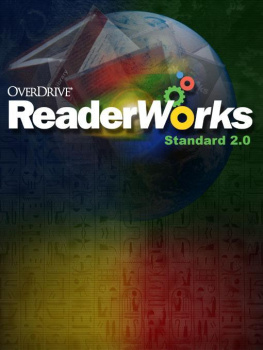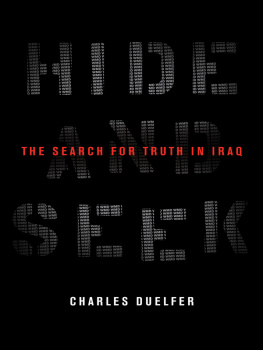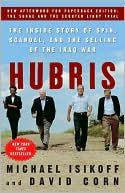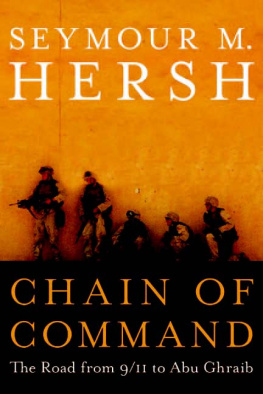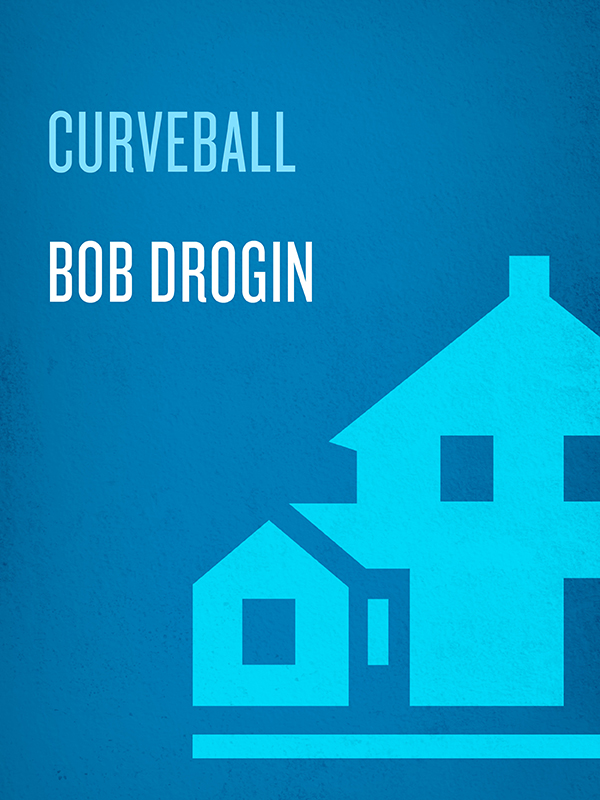
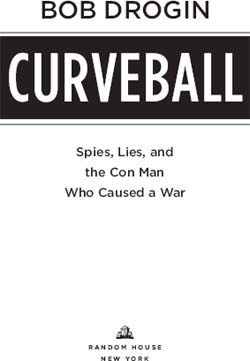
CONTENTS
For Francoise
curve ball or curveball (krv' bl)
n. 1. Baseball Any of several pitches that veer to the left when thrown with the right hand and to the right when thrown with the left hand.
2. Slang Something that is unexpected or designed to trick or deceive: That last question on the exam was a real curve ball.
Idiom: pitch/throw (someone) a curve ball Slang
1. To mislead; deceive. 2. To cause to be surprised, especially unpleasantly so.
American Heritage Dictionary of the English Language, Fourth Edition (Boston: Houghton Mifflin, 2004)
AUTHORS NOTE
Curveball is a true-life spy story, a nonfiction account of one of Americas worst intelligence failures.
Yet it needs a caveat. Clandestine operatives are trained to spread falsehoods as part of their tradecraft. Intelligence agencies spin or hide the truth as a matter of policy and law. And spy services, even close allies, routinely conceal information from each other. In this case, the layers of secrecy and deception created a Rashomon effect: each group saw Curveball through a different lens.
I have tried to unravel the intrigue and navigate the distortions that plagued this case. I base my narrative on the facts as best I could determine and confirm them. Like any author, I flesh out the written record and the memories of participants to bring life to the page. I rely on my own observations, on thousands of pages of public and private documents, and on my research and interviews with more than eighty current and former intelligence officers, government officials, scientists, and other sources in Germany, Great Britain, Iraq, the United Nations, the United States, and elsewhere. I draw heavily on my earlier reporting and that of my colleagues at the Los Angeles Times.
Unless otherwise indicated, all quotations are directly from my interviews. All thoughts attributed to individuals are taken from interviews, a colleague with firsthand knowledge, or the written record. Dialogue that does not appear in quotation marks represents my understanding of a given conversation. I use endnotes to cite material published by others. In some cases, I use the notes to provide further detail or context for the text.
Several participants agreed to cooperate only if I promised not to identify them by name because they work undercover, are bound by secrecy agreements, or are discussing sensitive sources and methods. As a rule in these cases, I err on the side of caution. I conducted some interviews on background, meaning I could use the information but not identify the source. I refer to some intelligence officers by their first names to protect their anonymity. In a few cases, I resort to pseudonyms to shield them further. Some participants refused to talk or could not be located. Curveball remains under the protection of the German intelligence service. Ahmed Hassan Mohammed is not his real name.
KEY CHARACTERS
CIA AND OTHER U.S. INTELLIGENCE AGENCIES
GEORGE TENET: Director of central intelligence.
JOHN MCLAUGHLIN: Deputy director of central intelligence.
JAMES PAVITT: Head of the CIA clandestine service.
TYLER DRUMHELLER: Chief of the CIA European division.
ALEX STEINER: Head of DIA operations at Munich House.
BERNIE MUELLER: U.S. intelligence officer in Munich.
LES: CIA doctor who meets Curveball in 2000.
BETH: Senior CIA analyst for biological weapons.
MARGARET: CIA operations group chief for Germany.
STEVE: McLaughlins executive assistant.
CHRIS: CIA operations officer who interviews Curveball in 2004.
GERMAN FEDERAL INTELLIGENCE SERVICE (BND)
AUGUST HANNING: President of the BND.
WERNER KAPPEL: Senior BND official.
SCHUMANN: Cover name for Curveballs case officer.
MEINER: Cover name for Curveballs chief debriefer.
HANS PIEPER: Meiners supervisor.
HORST SCHNEIDER: Schumanns supervisor.
ERNST UHRLAU: Germanys national intelligence coordinator.
GRADL: Cover name for BND resident agent in Washington.
IRAQIS
AHMED HASSAN MOHAMMED: The Iraqi defector code-named Curveball.
AHMED CHALABI: Head of the Iraqi National Congress.
LT. GEN. HUSSEIN KAMIL: Saddam Husseins son-in-law.
LT. GEN. AMIR HAMMUDI HASAN SAADI: Saddam Husseins scientific advisor.
DR. RIHAB RASHID TAHA: Senior biowarfare scientist, also known as Dr. Germ.
MAJOR MOHAMMED HARITH: Defector who was deemed a fabricator.
RED RIVER: Informant for British intelligence.
IRAQ SURVEY GROUP
DAVID KAY: CIA-appointed chief of the Iraq Survey Group.
MAJ. GEN. KEITH DAYTON: Top DIA officer in Iraq Survey Group.
HAMISH KILLIP: British expert on Curveball.
JERRY: CIA bioweapons expert.
TIM: CIA bioweapons expert, also known as the Kid.
RITA: CIA analyst and head of the Curveball team.
MARTHA: CIA bioweapons expert.
MOHAMMED: CIA operations officer who meets Curveballs parents.
UNSCOM
SCOTT RITTER JR.: Weapons inspector.
ROLF EKEUS: Chief weapons inspector.
RICHARD SPERTZEL: American biowarfare expert.
UNMOVIC
HANS BLIX: Chief weapons inspector.
DIMITRI PERRICOS: Deputy chief U.N. weapons inspector.
KAY MEREISH: Senior biological inspector.
JAMES CORCORAN: Chief intelligence liaison.
ROCCO CASAGRANDE: Director of biological laboratory in Baghdad.
U.S. GOVERNMENT
GEORGE BUSH: President of the United States.
RICHARD CHENEY: Vice president of the United States.
COLIN POWELL: Secretary of state.
LAWRENCE WILKERSON: Powells chief of staff.
CONDOLEEZZA RICE: National security advisor.
DONALD RUMSFELD: Secretary of defense.
STEPHEN CAMBONE: Undersecretary of defense for intelligence.
PROLOGUE
For a few wild months, the HVT Bar served as the secret social hub for American spies in Iraq.
It opened without fanfare late one night in early May 2003, shortly after the American-led invasion, in a distant corner of the newly captured Saddam Hussein International Airport. The saloon was dark and dingy, hidden in a grubby two-room guardhouse. Inside, a brace of captured Iraqi grenade launchers and assault rifles adorned one wall, like souvenir hockey sticks in a sports bar. Lightbulbs dangled from the ceiling, casting harsh shadows, and hard rock pounded from speakers. The air buzzed with backslapping camaraderie and whispers of intrigue; it smelled of rank sweat and cigarette smoke. The liquor was cheap, the beer ice cold, and the white wine, by all accounts, the color and taste of camel piss. It was a dive of distinction.
Few outsiders knew of the HVT Bar and, given the location, fewer still could get in. This was no surprise. It was the Central Intelligence Agencys private nightspot. The speakeasy pulsed in the heart of the Baghdad station, the CIAs newest overseas base and the center of a surreal secret world.
The agency had decided to build the station, as it called its major outposts, in the airport compound previously reserved only for Very, Very Important Persons, meaning Saddam Hussein. The tyrant had not dared leave Iraq during his reign. But he built a majestic domed reception hall and opulent marble outbuildings to mark rare visits from Arab royalty and heads of state. The CIA, unchallenged rulers of the global intelligence netherworld, chose the regal V.V.I.P. complex as the spoils of a war for which it was largely responsible.
Next page

